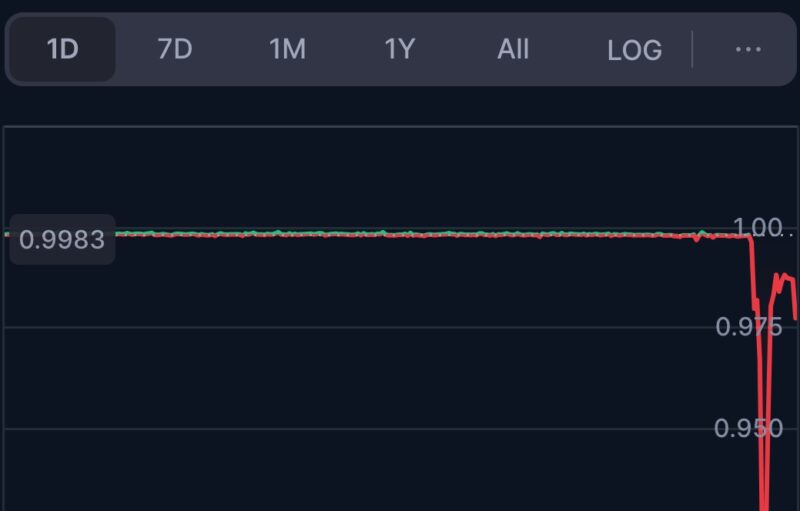China has been striving to release its own digital currency or Digital Currency Electronic Payment [DCEP] in 2021. According to recent reports, it has been actively testing its digital yuan in different provinces, and it will soon be testing it in major cities like Beijing and Shanghai. According to the reports, the cities are planning to hold pilot runs for the use of the DCEP and promote its use.
China is focusing on rapidly enhancing its technological infrastructure as it moves forward in 2021. According to a recent statement by Beijing’s mayor – Chen Jiningon, the capital will accelerate the building of “innovative demonstration zones” for fintech and professional services in 2021 while promoting the pilot application of the digital yuan.
Meanwhile, the mayor of Shanghai, Gong Zheng highlighted, while delivering a government work report on Sunday, that promoting the digital currency was crucial. The mayor also added that they will continue with the ‘financial opening-up’ and in the promotion of the digital currency. Adding to the positive sentiment in the country, the governor of Guangdong, Ma Xingrui also added that the authorities will support the development of the Shenzhen region into an ‘innovative pilot zone’ for the country’s digital currency.
The statements by the three mayors were made on the same day and it provided insight into the readiness of these cities to implement and use the digital yuan.
Recently, Shenzen had announced its third trial of DCEP which would allow the public to get their hands on it through a giveaway. It entails the authorities giving the digital yuan in red envelopes event worth 200 yuan [~$31] through a random draw. Nearly 20 million yuan [~$3.1 million] worth of digital currency is estimated to be issued by the authorities.
In addition to these developments, China’s Blockchain Service Network [BSN] plans to roll out a beta version of its DCEP by the second half of 2021. The BSN is also working on a universal digital payment network [UDPN], as per reports, and this service is expected to be functional in the next five years.
The post appeared first on AMBCrypto







